In the northeast US, we see the full range of temperatures, and all types of weather throughout the year. And depending on the winter, we even see subzero temperatures at times. If you’re looking into buying a house in the northeast, you’ll want to understand how home heating works. In this post we’ll talk through the different fuel types, as well as the different types of heating systems you may find in a house, so read on below!
Steps in the Home Heating Process
There are three things that have to happen in order for a home to be heated. First, a fuel source must be delivered to the house. We’ll break down the pros and cons of the most common fuel types below. Second, the fuel source must be converted to heat. This is typically done in a boiler or furnace, but electric radiators can be used as well. Finally, the heat must be transferred throughout the house. This can be via warm air that is circulated through ducts, or via water or electricity that warms radiators along the walls throughout the house. We’ll dive further into these below as well.

Home Heating Fuel Types
There are a number of different fuel sources in the northeast, each with their pros and cons. While each of these must be delivered to the house, they are all delivered in different ways:
- Heating Oil: One of the most popular fuel choices in the northeast, heating oil is delivered to a house by a home heating oil delivery truck. The heating oil is stored in an oil tank that is usually located in the home’s basement but can occasionally be found outside or underground. The nice thing about heating oil is it burns hotter than natural gas or propane, which makes it an extremely cost-effective choice, especially when prices are low like they are in 2020. As a homeowner, you are free to choose from any supplier you want. Just don’t forget to reorder, as you can easily run out if you forget! For more information read How to Fill a Home Heating Oil Tank.
- Natural Gas: Natural gas is also a great choice for home heating – if it is available where you live. Natural gas is plumbed underground through pipelines and directly to a home from the street. Treated as a utility, the homeowner does not have to worry about having natural gas delivered – it simply comes automatically, and they have to pay the bill. The downside, however, is that you cannot choose from multiple suppliers.
- Propane: Propane, like heating oil, is delivered to a house via delivery truck. It is stored in a tank – or tanks – outside the house. While propane tends to be more expensive than natural gas or heating oil, the nice thing is that it can also be used for a gas stove, fireplace, or generator. For more information read Heating Oil vs. Propane.
- Electricity: Since virtually every house has electricity, this can sometimes be used for heating as well. Especially in places where winters do not get too cold, electric heat can be good to have on standby, but is generally too expensive to be considered in larger homes or places with very cold winters.
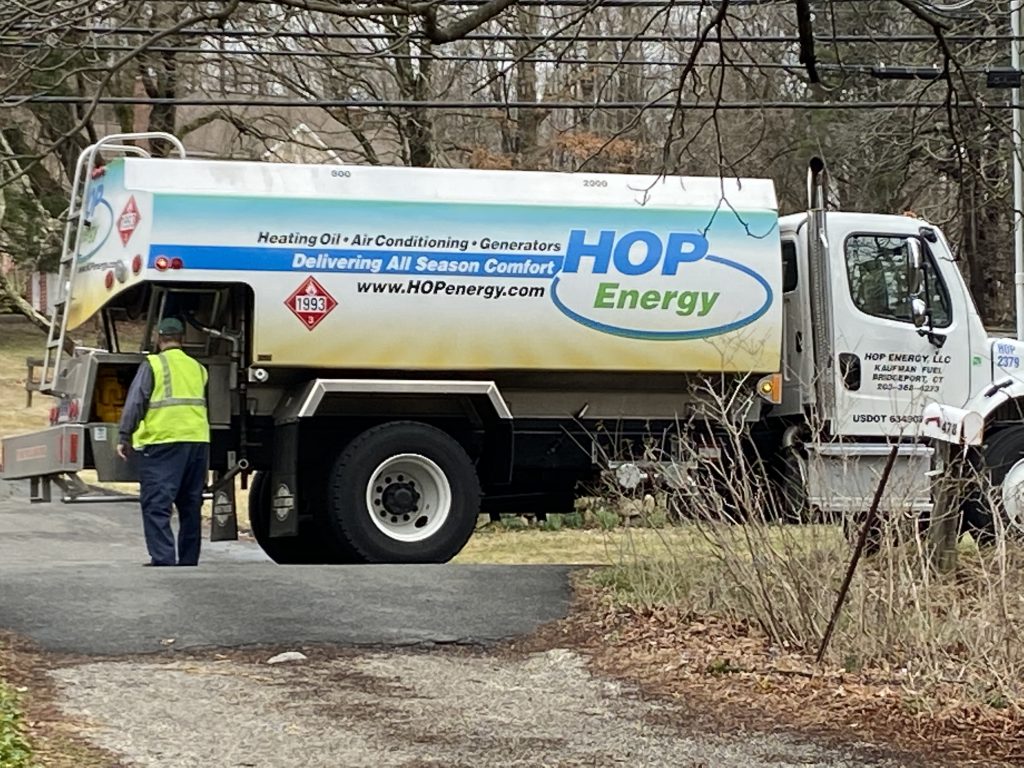
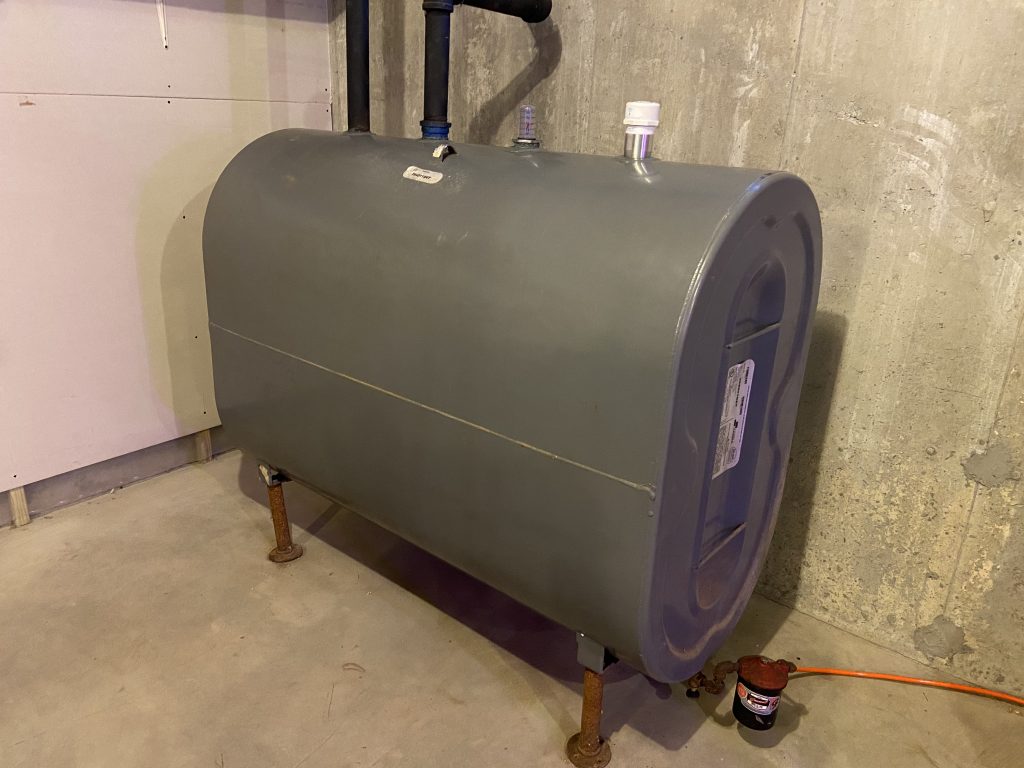
Converting the Fuel Source to Heat
The next part of the process of heating a home involves converting your fuel source to heat. For propane and natural gas, a burner is used to easily ignite the fuel as it is released from the incoming gas lines. The burner is either part of a boiler, which heats water that gets pumped throughout the house, or a furnace, which heats air that gets pumped throughout the house.
Heating oil is a bit different from propane and natural gas because it is actually not flammable at room temperature. In order for home heating oil to ignite in a burner, it must be first heated to 140° F and atomized through a nozzle. Only once heating oil has been heated and atomized can it be ignited in the burner.
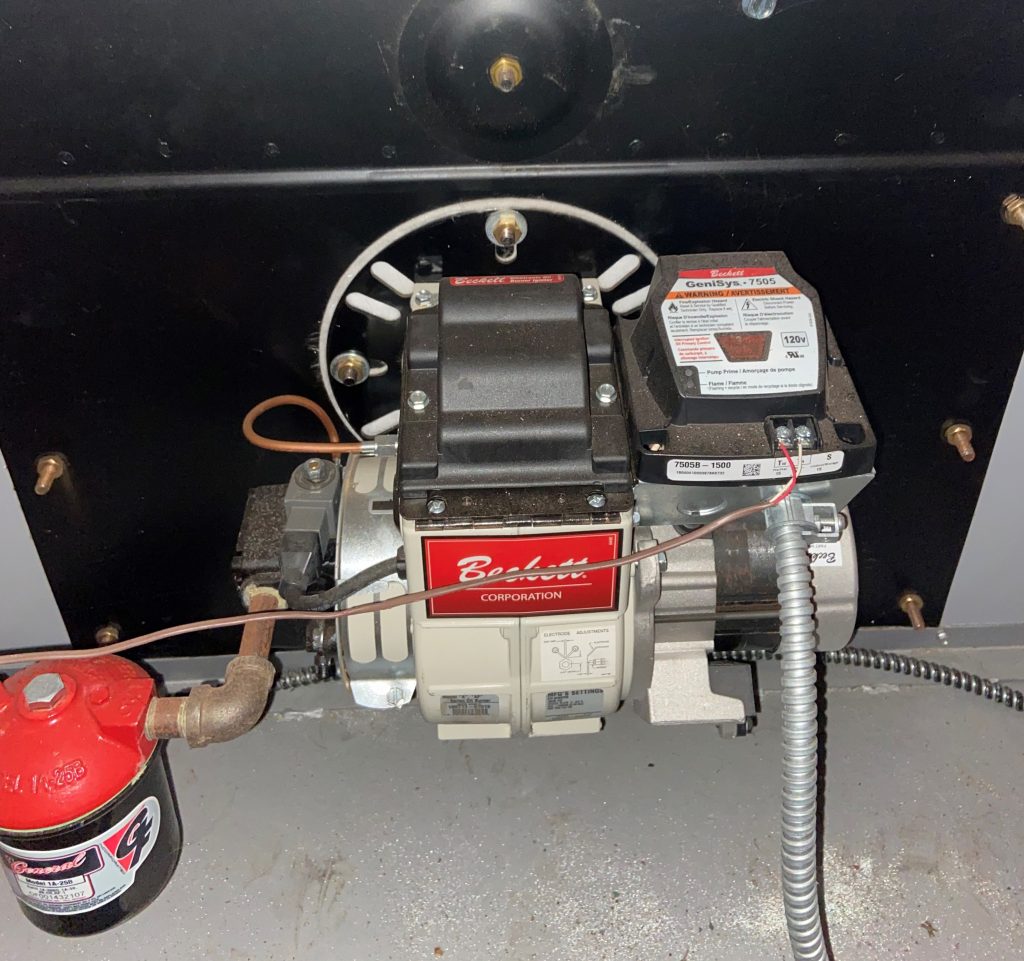
If your house has electric heat, then you will likely have electric radiators throughout the house, or a heat pump. A heat pump is a system that is mounted outside the house and heats your house by extracting heat from the outside air, and transferring it into the house. One of the benefits of a heat pump is that they can often work as an air conditioning system in the summer time by extracting the heat from the house and transferring it outside.

Transferring the Heat Throughout the House
Once the fuel source has been delivered to the home and converted to heat, that heat must then be transferred throughout the house.
One very common way that heat is transferred throughout the home is through a boiler. In a boiler system, water is heated and then pumped through radiators that are located all throughout the house. Occasionally, a boiler will also send the hot water to a heat exchanger where air will be heated and pumped out via a blower to heat other parts of the house.
Radiators, such as those shown below, can also be electric. When they are electric, they simply turn on and heat up when the thermostat calls for heat, then shut off once the room is warm. The benefit to electric radiators is that there is no need for a complex plumbing system to send hot water to the radiators. The downside is that it can get very expensive to heat a larger home with electricity. As such, electric heat is only recommended for small spaces or places with very mild winters.
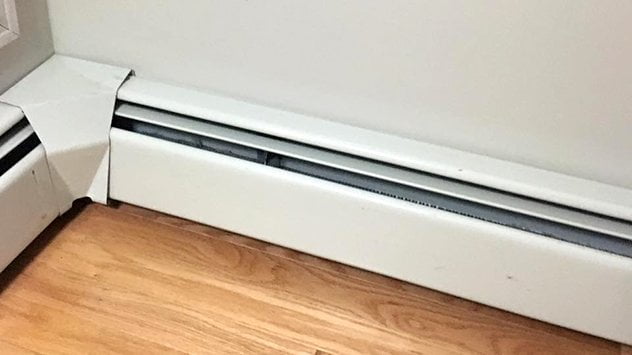
My personal favorite is radiant floor heat. This is where instead of the radiators being placed along the walls, the floor itself radiates heat. The plumbing is installed in the floor and the result is some warm floors throughout the house! The only downside to radiant floor heat is that it can take a while to heat the house up. This means it may not be a great choice for a weekend house where you arrive on a Friday and need to wait several hours for the house to get up to a comfortable temperature.
Finally, perhaps the most common means of heating a house today is through what’s known as ‘forced hot air’. This is where a furnace is used to heat air in the basement, then a blower is used to send that hot air through ducts in the house. Forced hot air is great for quickly changing the temperature inside the house. It is also preferred because the same ducts can often be used for central cooling in the summertime.
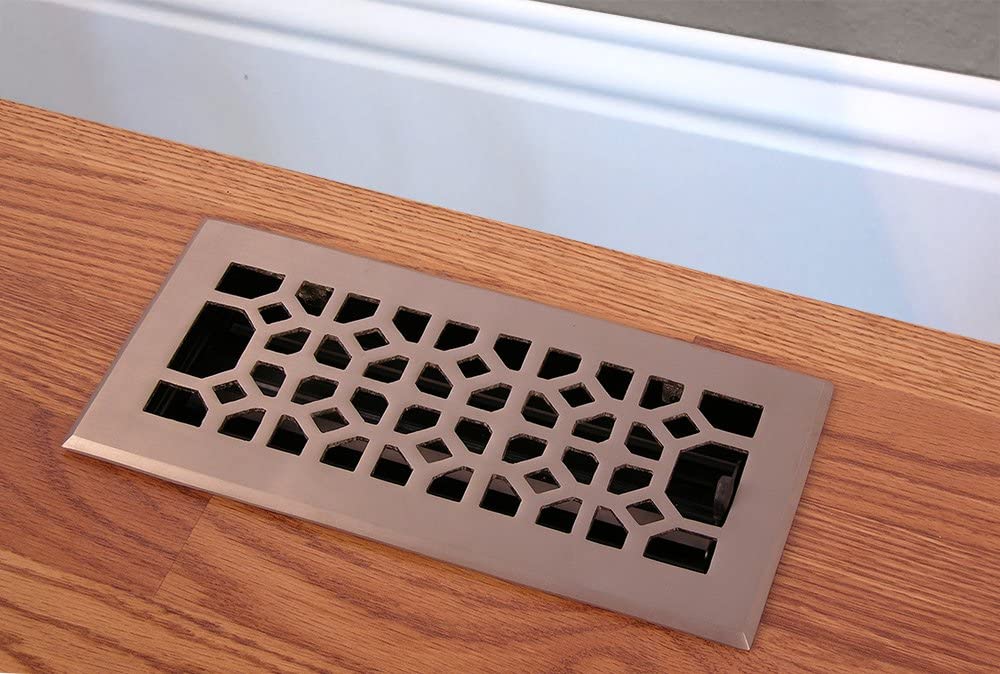
Summary: How Home Heating Works
If you’re shopping for a home in the northeast, it is important to understand how home heating works. You’ll have to first identify the fuel source for that particular home. If the house has natural gas or electricity, you don’t have much of a choice when it comes to your supplier. For propane, you typically must select one supplier to provide all of your propane for the year, and they will often provide the tank as well. With heating oil, you have maximum flexibility and can use a site like FuelSnap to compare heating oil prices from multiple oil dealers in your area, saving hundreds of dollars a year over automatic home heating oil delivery (where one company provides all your oil for the year). Just remember to also install a Smart Oil Gauge so you don’t accidentally run out of heating oil in the middle of winter!
Next, you’ll want to understand what type of heating system the house has. If the house has forced hot air, it means that it will be very easy to add central cooling to the house in the future. For the best of both worlds, a house with radiant floor heat AND forced hot air will allow you to quickly change the temperature, while also maintaining some nice warm floors!
Happy heating,
Steve



